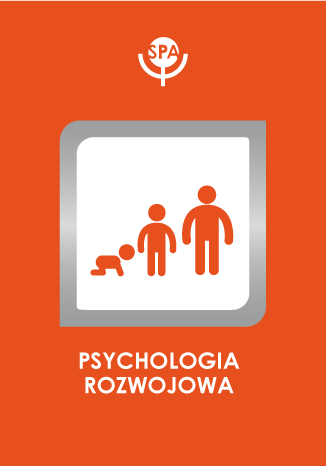Wymiary tożsamości a subiektywna jakość życia u młodzieży

Maria Oleś
DOI:
Rocznik: 2010 Tom: 16 Numer: 1
Strony: 61-76
The aim of this study was twofold: to examine the associations between dimensions of identity and subjective quality of life in adolescents and to assess perceived quality of life in youth on different stages of identity development. A sample of 233 pupils (148 girls and 85 boys) between 16–19 years was examined by means of Polish version of The Ego Identity Process Questionnaire(EIPQ) and The Youth Quality of Life Instrument – Research Version (YQOL-RV). The results revealed low but significant correlation between Commitment and subjective quality of life.A hypothesis that those in the achieved status were highest in subjective quality of life was not confirmed, however those in diffused were lowest as it was expected. Contrary to hypothesis highest level of quality of life was found in youth with foreclosed identity. Comparison of the groups divided according the status of identity on the angle of subjective quality of life gave not clear-cut picture. So an empirical division by means of cluster analysis using two dimensions of identity and a general index of quality of life was proposed. Five groups solution was satisfactory. The results indicated that different patterns of identity processes in adolescents coexisted with different levels of subjective quality of life. The participants with diffused identity showed two patterns, one with the lowest level of quality of life, and another with higher quality of life in comparison to the participants with achieved identity. At the same time the highest level of quality of life demonstrated the adolescents in moratorium and in foreclose identity, but not those in achieved identity. It means, two opposite identity processes are typical for relatively high quality of life: Exploration without Commitment, and/or Commitment without Exploration.









 Pobierz pełny tekst
Pobierz pełny tekst



